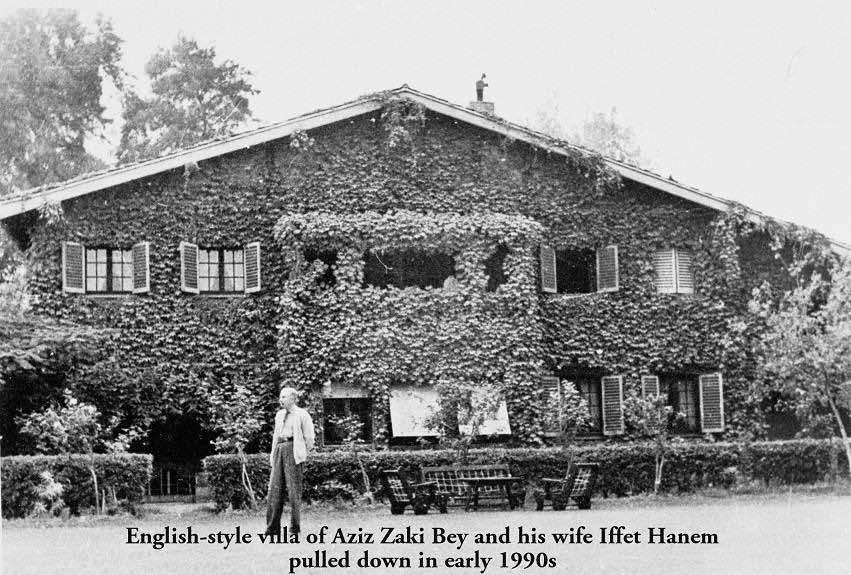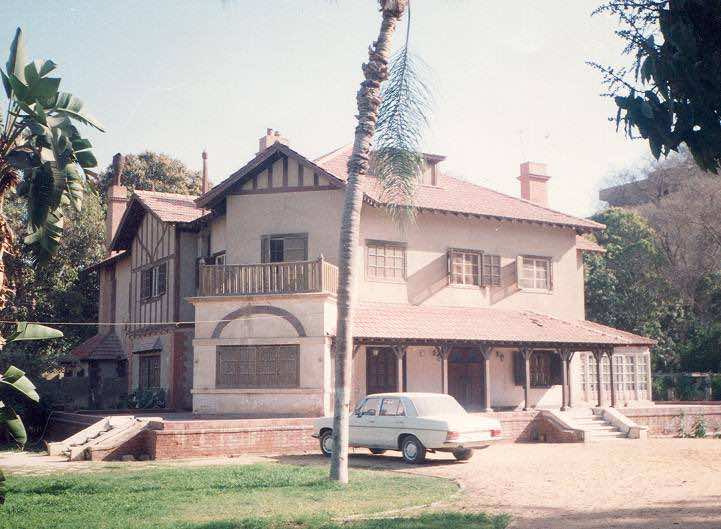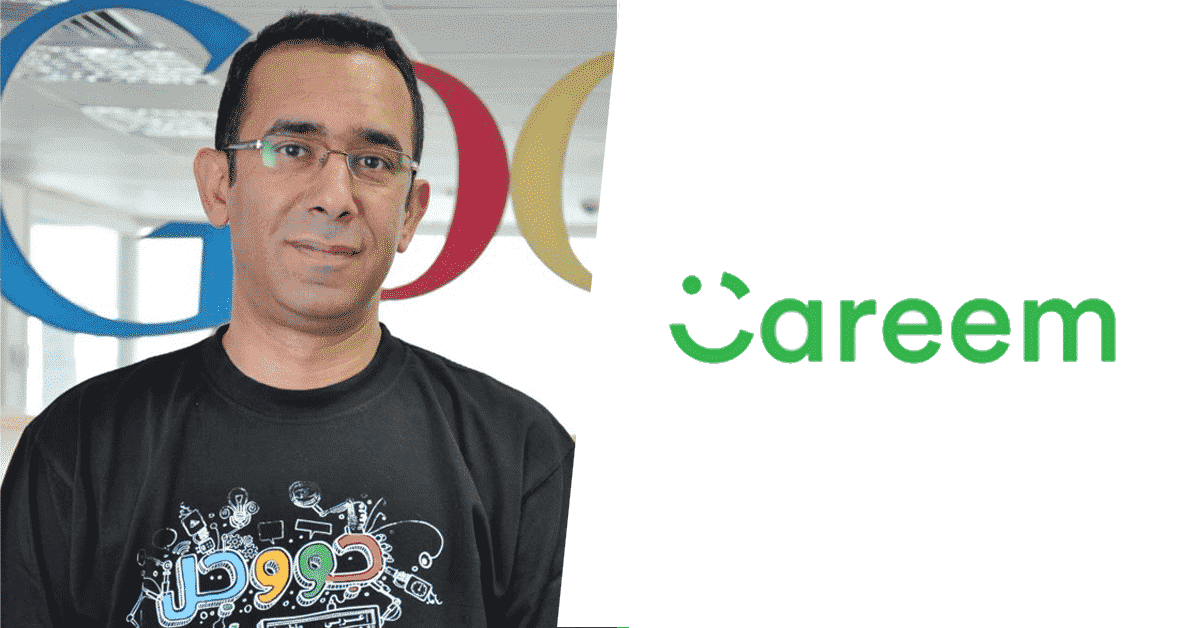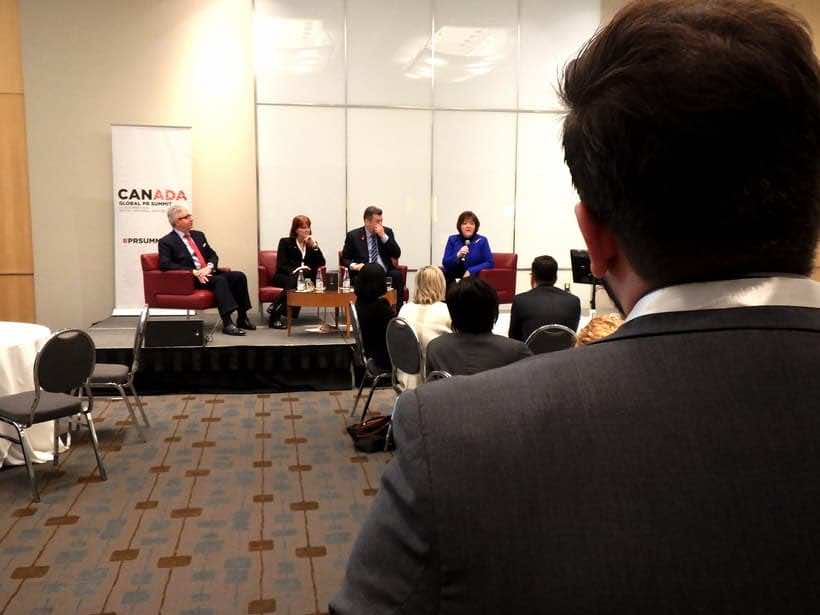Part of my Egyptian Entrepreneurship Opportunity series – check out Part 1 if you haven’t.
In Egypt (and perhaps everywhere), early startup cash is king and early startup profitability is divine. Any company you start in an industry where you generate cash as early as possible, might give you a fighting chance in Egypt. The quickest cash generating company/industry with below average barriers to entry is the services industry.
It is in fact one of the probably straightforward ways to start a company that has “some” chance to survive in Egypt. Here is why:
It is a very simple business model and process:
- You attract a client one way or another.
- You promise/sell them a customized deliverable to suit their needs.
- You work on it, deliver it and collect your money.
- You move onto the next client.
- Wash, rinse and repeat.
Service companies are interesting to start and build, because the are mostly cash generators from day 1. You can start them as a one-man-freelancing-company, or in larger setups as needed and/or desired/required.
Once you are operating, life keeps moving forward in a way you can manage: you get more projects, you slowly expand your team and the projects you get keep growing in size and volume. Then the market opportunity gets discovered (if you were an early entrant), and if it has a low entry barrier, more companies enter the scene. Usually, if it is a real market need, other clients discover that they want some, and the market grows with the growth of the competition. If you are lucky enough and have started suitably early in this market you will have a good place in it, should you manage to define it.
Let me throw in some examples to juice up the story a bit. The “classics” where this cycle has happened and is still happening are:
- Management Consulting firms
- Training & Development companies
- Social Media and Digital Marketing services providers
- Web and Mobile app development agencies
The first two are maybe towards the end of their cycle now, while the latter two are perhaps mid-way. And the cycle I’m referring to continues like this:
The Services Company Lifecycle
Upon your early validation and success, you reach the typically unavoidable defining crossroad, where you think and feel…
- “I want to get significantly bigger projects.”
- “I want to be more strategic about what I do.”
- “I need to operate less in catch-the-next-breath mode, and more in grow-the-business mode.”
- “I need to figure out how to scale up my operation to grow the company.”
Here is where you need to shift your strategy from dovetailing projects to maintain your cash-flow, to seeking the balance of wheel-turners and profit-makers. Wheel-turners are bigger projects that cover your monthly/annual costs (more or less) and give you room to breathe. You seek a few of those per year to keep the lights on and the bills paid on time. Then, there are the relatively smaller and quicker projects, that actually make your company profitable.
Obviously there are overlaps between the wheel-turners and profit-makers in terms of which pays for what items on your company’s expenses. Tarek Fahim was the one who described this concept to me in this clarity and simplicity.
However, at some point one of many things happen that shift you from high-energy mode to semi-frantic-somewhat-adrenaline-filled mode:
- Too many competitors enter the market and your proposition becomes more of a price war than a differentiated service.
- Out of every five 7amadas on the street, 1 decides to enter the market and ruin your sector’s reputation, by trying to exploit the “sabbouba” (=Egyptian colloquial term for a quick relatively unsustainable hustle closing in on a scam).
- High turnover happens within the staff, since employment opportunities become “abundant”.
- Consequently, part of your staff quits to start their own gig offering what you do but cheaper or freelance — a very Egyptian thing by the way.
- The market slows down , and the first item on any client’s cost cutting list is outsources services — this too is very Egyptian.
- The client starts thinking “what the hell does the [service provider] do that is worth the money I’m paying them?”, and thinks/decides to do it in-house — super Egyptian!
How do you confront this kind of shit hitting the fan?
Well, let’s observe a couple of examples across a couple of industries:
1- Digital Republic
It is perhaps one of the first — if not the first — digital marketing company in Egypt. It started out when Facebook was for geeks and A+ class. They have managed to forge their name as the one firm trusted by a lot of big brands. They maintain very high quality of service; and hence, their brand remains at the top.
Karim Khalifa is in fact one of the visionary people in the digital marketing industry in Egypt. He had the vision, tools and guts to move early enough and hone in on the market opportunity. And through his strategic savvy and strong execution, he managed to maintain his company among the market leaders serving premium brands.
2. Robusta Studio
Robusta is one of the now seasoned mobile and app development agencies in Egypt. The are among the few who have their clients trust in this cutthroat-sabbouba market. They have changed their offering multiple times within the digital services sphere: developing mobile apps, websites, enterprise solutions, digital marketing services and all of the above. However, they managed to find a couple of verticals where they maintain a strong competitive advantage against the market. They specialize in developing e-commerce sites and apps to their clients, with references from the biggest retailers turning to e-commerce. This is a growing niche that requires a lot of specific knowledge of e-commerce technology and workflow, which they have managed to build. Now this sets them apart from the rest in their domain.
3. The Fooodies
A rising new business consulting and marketing management company that specializes in turning around restaurants. Despite starting in a largely trod field, they have managed to secure their place as a new-age food and beverage business, Operations and marketing consulting firm. They have successfully found a niche within the F&B vertical: The fusion of increasing restaurant sales through digital media and managing customer retention through revamping restaurant proposition and operations. This very unique mix has been fueled by the founders’ unfair advantage being massive foodies with large consumer influence, and their marketing and consulting backgrounds. They have even taken it a step further by innovating a business model that generates revenues for them on their clients’ upside and based on the actual value they provide their restaurant clientele.
Edukitten started out as a company that develops Arabic edutainment apps for young kids (3–5 years old) targeting expat Arab families living in the West. Sounds like a slam dunk right? Well, it isn’t; not by a long shot. I will dedicate another episode in the series to developing tech products targeting the West in general and its Arab population in specific.
Anyway, along the way, they have built very specific knowledge in developing interactive edutainment apps for kids and videos that comprise a lot of animated graphics. They pivoted later to do app and web development as a service. Naturally, they chose to specialize in offering their services around either edutainment and animated videos. They are alive so far and doing business, despite all the odds being stacked against them.
Again, a certain specialization and/or a focus on a vertical within a very wide service industry is a winning game-plan.
eSpace is one of the most successful web and app development services companies in Egypt and the MENA region. They started in the era of Microsoft client-server dot.NET dominance, the time when building corporate websites was beginning to become a commodity. But, they decided to go a different path. They were fresh blood to a market of outdated techniques and — back-then — cumbersome technologies: Waterfall Software Development Model and Microsoft Enterprise development tools.
They took a showered and different turn: New-age software development techniques — Agile Software Development, and technology that enables rapid development and deployment — Ruby on rails (needless to say, that said approach and tools are now among the market standards).
Moving past their initial success and growth, they did however deploy 3 interesting models:
- They employed university staff from the computer engineering/science departments. This was a two-fold win: 1. They were smart guys and gals who delivered high quality work on one hand, and 2. They had access to raw potential in their classes. The teaching staff working there added credibility to eSpace in the eyes of fresh grads. So, they managed to find a way around a crucial item in the scaling problem: finding good talent.
- They also dared to venture into unknown territories that usually scare off similar companies. They partnered up with up-and-coming hot products as their technical arms — like Akhbarak.net. eSpace offered them reduced pricing of their services vs. some equity, which paid off later upon Akhbarak’s acquisition by Sarmady. This is a risk not many services companies are willing to take.
- They have also managed to slip themselves into getting government projects, initially in a very specific domain: government websites offering services to the public. This domain has been only implemented crappily by previous providers, to the extent that said websites were absolutely and painfully useless. eSpace, among very few others, were capable to deliver said projects very quickly and smoothly. This secured them a place as THE main player in this domain. And their shit actually worked; it was stable, scalable and user-friendly enough to become usable by the Egyptian population — examples include all the election websites delivered in 2011–to-date.
I’m not saying that those were the only success factors of eSpace. Not at all. I’m just trying to give a glimpse on their canny ability to tackle longstanding and seemingly unsolvable problems with new approaches. Not just that, they even managed to transform said solutions into competitive advantages and items of defensibility.
Back to the defining questions…
Now, the defining questions we set out to tackle become at some point existential chicken and egg problems, which all service companies face in their lifetime:
- Do I hire more people to be able to take on bigger projects? What happens if I hire the people but don’t get the projects and end up not able to pay them?
- Do I take on big projects then hire people? What happens when I get the big projects but lack the muscle to deliver it and lose the client and my reputation?
This dilemma is basically about managing cash flow and balancing the payment terms with your invoices and employees salaries, while maintaining decent quality of your service delivery.
There is no right or wrong answers here; and it is pretty much a case by case thing. In all cases, companies that survive, manage to hack their way to a happy balance that floats their boats. It is an iterative process with a lot of screw-ups though, and — again — there is no one-size-fits-all solution.
This is where investors can become an interesting option. They can infuse your company with cash that enables you to comfortably grow your team and finance new projects. Sadly enough, investors in the tech sphere and outside it aren’t really that interested in services companies. Truly enough, they usually don’t feel that it is something unique with potentially high ROI. Their public reason for their lack of interest is basically the non-scalability of the company’s proposition. In other words, the more business you get, the more people you need to hire. Both are directly proportional, which puts somewhat of a cap on how much and how fast you can grow.
There is a lot of truth to said opinion. However, some services companies manage to figure out the magic potion that enables them to scale:
The right pool of talent + Resources + Flow of projects + Defensible Competitive Advantage(s) = Growth
It is not the general rule though, nor is it by any means easy to achieve.
I can’t really tackle all the market dynamics leading to the rise of every services business out there, but I can say that they do work in Egypt. Its cash is present if its offering is highly needed by the market.
Bottom line: is there an opportunity to start a services company in Egypt?
Yes, provided you manage to achieve and/or obtain the following:
- Unfair advantage: for example, deep understanding of or very strong strategic connections in an industry; very specific non-replicable know-how or IP that differentiates your company in ways your competition cannot mimic; really killer and/or veteran founding team combination; some loyal followership or influenceable audience of sorts; etc.
- Early mover advantage: pretty self-explanatory. Just make sure that you don’t move too early in order not to run out of steam before the market opportunity materializes.
- Build a defensible competitive advantage: preferably in a certain vertical within your domain. It helps even more, if you manage to enter a service domain that already has high entry barriers. For example, automotive embedded software development and hardware design are service domains that require very specific know-how to enter. But, most companies acquired from Egypt are in fact from this domain (e.g. SysDSoft & SiliconVision). Avelabs is a shining and growing example in this domain.
- Provide an essential service: while social media management has become an essential service in the eyes of its clients, energy efficiency management and consulting hasn’t, despite the actual but overlooked dire need for it. Alleviate a pain, don’t offer efficiency or optimization (remember the previous article in the series?)
- Keep updating your offering: develop the skill to read the market quickly enough to adjust your services to suit its changing demand. This is a strategy few can muster. But the surviving Training Services Providers cannot live without it. This shrewd strategy can give you a leg up on competition (I’m not going to say innovative) — courtesy of Hussein Mohieldin
- Hack the scalability problem: If you manage to figure out your way through the scalability barrier, you are golden.
In a nutshell…
Service companies are easy to start, but they become an all-out-war against the odds when you start to scale it. Yes, the technical know-how required to deliver the service to a client can be available in abundant resources. On the other hand, the true know-how of the services companies (account management, project management, cash-flow management and team management) isn’t something you learn in school or online (courtesy of Hussein Mohieldin).
You have to find your area, make it defensible and figure out your path to scaling your company.
Once again, If you manage to figure out how to scale it successfully, you are off to something big.
Next stop is Tech Products: do they work in an Egyptian context?
Acknowledgements
- Thanks to Tarek Fahim for his early comments and pointers as included in the article (part of the eSpace details, paul graham’s blogpost, hardware and embedded software verticals)
- Thanks to Hussein Mohieldin for his feedback as included in the article.
- Thanks to Eman Hylooz for her continued encouragement and public sharing of my content.
Whoever else will give me valuable feedback and/or sincere public thanks, I will acknowledge them here. I keep updating this section.
























